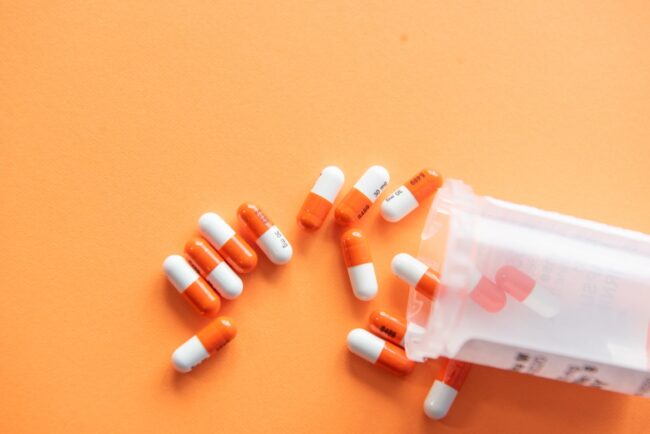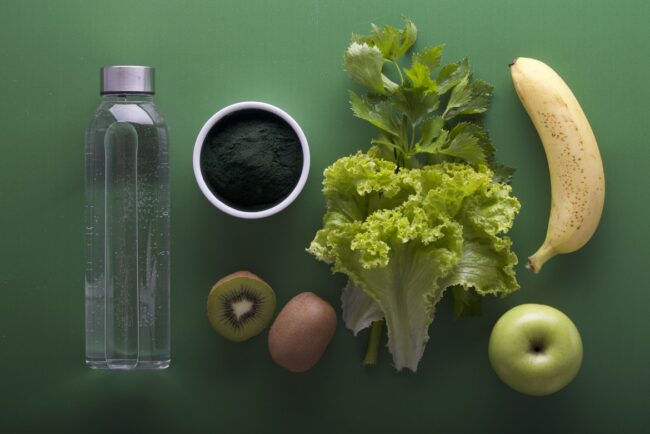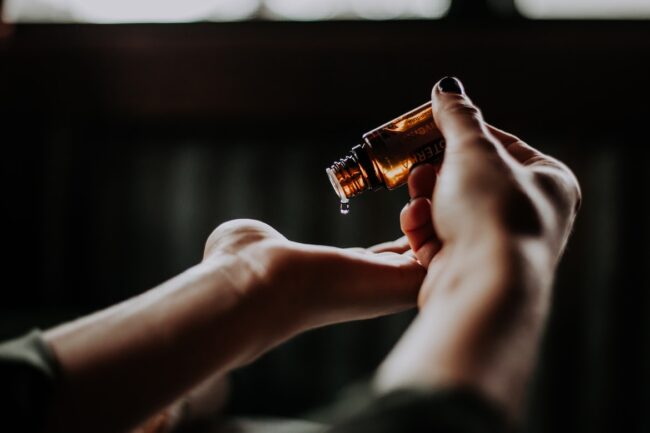Although hormones help keep organs and tissues working properly, they can also wreak havoc in many different ways. Hormonal acne is just one bothersome example. To understand how you might be able to control hormonal acne, you first need to understand its anatomy.
To summarize, hormonal acne begins with over-stimulated androgens, namely testosterone. Regardless of gender, everyone has testosterone as part of their chemical make-up. Androgens stimulate sebaceous gland growth. This causes an overproduction of sebum, an oily and waxy substance. This in turn becomes a hot spot for bacteria growth and a collection site for dead skin cells and plain old dirt.
The result is debris-filled, clogged pores we call acne. Many people associate acne with puberty, that awkward season when hormones shift into overdrive. However, acne isn’t reserved only for the young. Many adults suffer from it as well. Armed with a basic understanding of how hormonal acne causes problems, you can use the tips listed below to help to limit outbreaks, no matter your age.
1. Find medications that work for you

Medications can tackle acne from different angles. Some use hormones. Others address the gunk that clogs your pores. The secret is to find the acne treatment regimen that works for you. Check nurx.com and find more about it.
Certain estrogen and progestin combination birth control pills may help acne by decreasing androgens. Spironolactone is an anti-androgen medication. Reduce the androgen action and you reduce the production of sebum.
There are also topical and oral antibiotics and retinoids. Antibiotics kill the bacteria that cause acne while retinoids prevent the buildup of dead skin cells that clog pores. These are often used together for a one-two acne-fighting punch.
The pill, spironolactone, oral antibiotics, and most topical retinoids require a prescription. It may take some experimentation to figure out which treatment or treatment combo works for you. If you aren’t crazy about making multiple trips to the doctor, you might consider using an online acne treatment provider instead.
2. Change up your diet

It’s common to blame acne on all those greasy cheeseburgers and fries we tend to eat during puberty. As an adult, you might be eating less of those but still suffering breakouts.
Is acne caused by what we eat? Studies have shown that there is definitely a link between diet and acne. High-glycemic foods, which raise your blood sugar rapidly, and cow’s milk, for whatever reason, appear to be the culprits.
A low-glycemic diet reduces acne … and your weight. Choose more fish and skinless chicken, beans, unprocessed grains, non-starchy veggies, berries, apples, and pears. Cut down the saturated fats and cut out the trans fats.
There’s no definitive research that shows why cow’s milk exacerbates acne. However, in one study, women who as teens drank two glasses of skim milk daily had significantly more breakouts. You may want to stick to yogurt and avoid milkshakes.
3. Lower your stress levels

You’re stressed out about a job interview, a deadline, or a test. You come down with a whopping case of acne which, in turn, stresses you out even more. It’s a vicious cycle.
There haven’t been many studies conducted to determine why stress causes breakouts. One recent study cites “cutaneous neurogenic factors which interact with a pathogenic cascade in acne.” In layperson’s terms, something about the skin, nervous system, and flowing bacteria.
The anecdotal evidence linking stress and acne, however, is abundant. A healthy diet (see No. 2), regular exercise, relaxation techniques, and abandoning nicotine will lower stress. So will setting realistic goals, avoiding stress triggers, and striving to be content.
Whether stress triggers acne or acne triggers stress isn’t important. Finding ways to reduce your stress is. So take a deep breath, exhale, repeat. See if things — including your face — clear up.
4. Examine your hair and skin products

If sebum glands on your face are over-producing oil, it’s likely the ones in your scalp are as well. An oily scalp can exacerbate facial acne. It can also make your hair oily at the roots while your ends are split and dry.
Take a critical look at the list of ingredients on all the products you’re using on your hair and skin. If any contain oils, petroleum, cocoa butter, silicone, lanolin, or sodium or ammonium lauryl sulfate, stop using them. Even hair sprays containing alcohol can clog pores.
Look for hair and skin products that are organic and specifically designed to not clog pores. These are often labeled as “non-comedogenic.” If you use shampoo and conditioner for dry hair in the shower, make sure you rinse all traces from your skin. Also, try to keep that conditioned hair away from those areas of your face prone to acne.
If you aren’t sure whether your products are making your acne worse, test them. Stop using one for a period of time. See if there’s any improvement. If so, find substitutions that will keep your pores as debris-free as possible.
5. Get into a healthy hygiene routine

As the term “hormonal” suggests, acne is more about what’s going on underneath the skin than on it. Nonetheless, a few hygiene practices can help control the oil, bacteria, and other gunk in your pores. Just make them part of your daily routine.
Acne or not, everyone should wash their face twice a day using warm water and mild soap or cleanser. Don’t scrub too hard or use a stiff washcloth or loofah. If you do, you risk irritating your skin even more. Gently wash, rinse, and pat your face dry with a soft towel.
You may want to toss your used towel into the laundry to avoid rubbing bacteria back into your pores. Change your pillowcase frequently and avoid touching your face with your hands while you sleep. Hands carry many things, including bacteria.
Although there’s a tendency to not moisturize your face when it’s oily, you need to keep it hydrated. Just apply a non-comedogenic moisturizer after drying that freshly washed mug. Oh, and drink a lot of water for healthy skin from head to toe. Hormonal acne doesn’t discriminate based on age, gender, race, color, or creed.
In this case, impartiality isn’t welcomed or admired. Anyone who suffers from breakouts would prefer a little bias. Thankfully, there are a lot of things you can try to challenge those hormones and control what happens when they’re overactive. Do your best to control the factors within your grasp rather than allow hormonal acne to get control of you.
